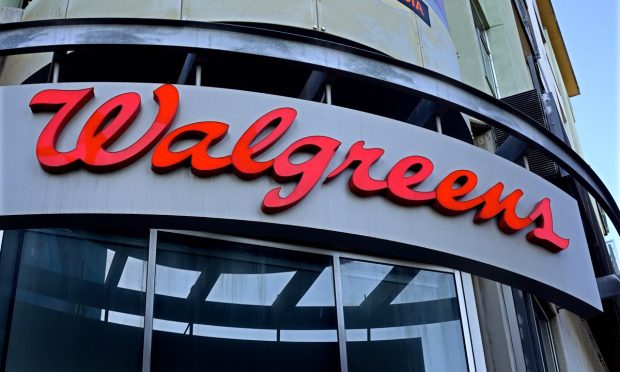Walgreens Boots Alliance Says Retail Theft Has Declined

Walgreens Boots Alliance is reportedly considering dialing back its anti-theft measures.
Losses from theft have dropped, the security measures are expensive and some of those measures have been ineffective, The Wall Street Journal (WSJ) reported Friday (Jan. 6), citing comments made during the company’s Thursday (Jan. 5) earnings call.
“We probably put in too much, and we might step back,” Walgreens Boots Alliance Global Chief Financial Officer James Kehoe said during the call, per the report, referring to the company’s recently increased security measures.
Many retailers — including electronics merchant Best Buy — have said that theft rates have receded after surging during the pandemic, when organized crime groups found that they could steal goods and sell them to vendors who were serving the online demand that was soaring at the time, the report said.
Conversely, Walmart CEO Doug McMillon said in early December that shoplifting was “historically” high and that the retailer could raise prices if authorities can’t curb the thefts.
Walmart has its own security measures in place and routinely works with police to stem the problem, but “prices will be higher and/or stores will close” if law enforcement isn’t stricter in prosecuting theft, McMillon said Dec. 6.
Walgreens Boots Alliance executives said that its inventory shrink had dropped from 3.5% last year to 2.5% currently and that the expense of theft prevention had contributed to higher overall costs during the most recent quarter. It also said private security companies the firm has employed have proven to be less effective than law enforcement, according to the Friday report by WSJ.
One of the changes being considered by Walgreens Boots Alliance is relying more on law enforcement, according to the report.
Retailers have been trying to balance the deployment of new theft-deterrence measures with the need to maintain an inviting shopping environment for consumers.
While they were working to stem an increase in organized retail crime during the pandemic, retailers also heard complaints from both consumers and manufacturers of the products on their shelves that some security measures had complicated the buying process and discouraged sales.
Both the thefts and the cost of deterrence have come at a time when retailers are already faced with rising costs and fading consumer demand.
For all PYMNTS retail coverage, subscribe to the daily Retail Newsletter.
